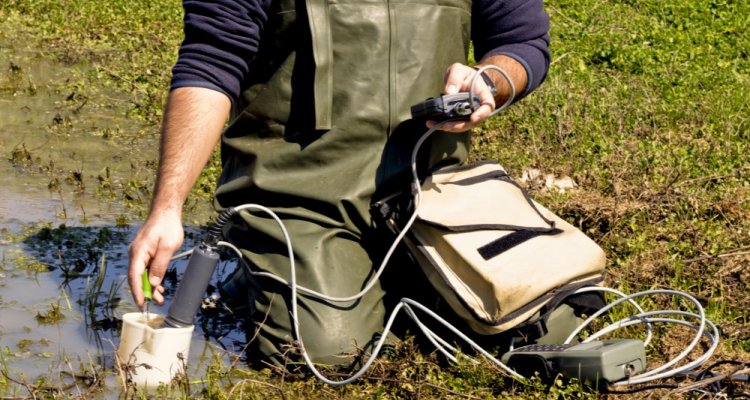
Project
How can water management improve food security: the role of water valuation
The implementation of a Food System Approach, taking into account more than just agricultural food production, can broaden our perspective of water valuation too. It also touches on aspects of the potable water system and associated infrastructure for potable water provision, waste water treatment, water safety and hygiene.
The implementation of a Food System Approach, taking into account more than just agricultural food production, can broaden our perspective of water valuation too. It also touches on aspects of the potable water system and associated infrastructure for potable water provision, waste water treatment, water safety and hygiene.
The Food-Water Valuing Framework (FWVF) has been designed to integrate water valuation methodology into the food system as a whole. The purpose of the framework is to expand our approach to water valuation so that it includes aspects of the food system, which in turn enables more Sustainable Development Goals (SDGs) such as Zero Hunger (SDG2) to be incorporated. This also brings more interventions and solutions into the picture, which then need to be considered in terms of interactions between the water system and the food system. More stakeholders become involved, and this also needs to be taken into account.
Changing dietary patterns are one example of the feedback mechanism between the food system and water valuation, because replacing meat with pulses means a shift towards a less water-intensive diet. Another example is the fact that food distribution impacts are an important aspect of achieving SDG2 (Zero Hunger). This also means that water distribution across population groups, embedded in food, is an important consideration. But this distribution impact is often overlooked in water valuation.
This study will expand the FWVF by explicitly examining the role of various water management themes such as water quality, freshwater scarcity, salinisation, flooding and waterlogging, and how they influence the food system. These insights will lead to improved support for transitions in food and water systems and associated transition pathways.